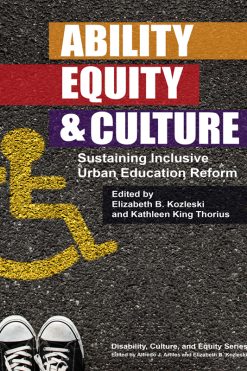This brand new textbook will fill a currently empty niche in microbiology textbooks and provide a current, comprehensive view of microbial diversity. A microbial diversity course is considered one of the three core courses that every department should require of its majors, the other two being microbial genetics (Molecular Genetics of Bacteria, 4e) and pathogenesis (Bacterial Pathogenesis, 3e). There are typically two ways to teach courses on microbial diversity. 1) Focus on metabolic diversity: which microbes are able to “eat” metals, which microbes tolerate extremely high or extremely low temperatures, etc. 2) Consider microbes systematically or phylogenetically, figuring out which group belongs with or next to this other group, what the line of descent might be between organism X and organism Y, etc.–a more evolutionary approach. Brown teaches from the second approach. Intended for senior undergraduate students majoring in microbiology or a related field such as genetics or biology, graduate students either in other programs, or incoming graduate students with non-microbiology backgrounds. • Includes a series of “Questions for Thought” at the end of each chapter. • Offers a practical guide to molecular phylogenetic analysis, focusing on how to create and interpret phylogenetic trees, and an overview or survey of “the Tree of Life.”
Principles of Microbial Diversity 1st Edition is written by James W. Brown and published by ASM Press. The Digital and eTextbook ISBNs for Principles of Microbial Diversity are 9781555818517, 155581851X and the print ISBNs are 9781555814427, 1555814425.
No comments yet
Related products
Uncategorized
A Lasting Promise: The Christian Guide to Fighting for Your Marriage, New and Revised Edition
Uncategorized
Uncategorized
Uncategorized
Uncategorized
Uncategorized













Review Principles of Microbial Diversity
There are no reviews yet.